| V I S U A L I Z Z A D I S C U S S I O N E |
| ik3iul |
Inserito il - 17/10/2017 : 22:46:53
http://www.dxmaps.com/spots/mapg.php?Lan=&Frec=&ML=&Map=&HF=&DXC=ING2&GL=
Per PREVEDERE le condizioni propagative
invece servirebbe una SERATA A TEMA.
Ci vediamo venerdì in SEZIONE.
A presto.
Silverio
Immagine:
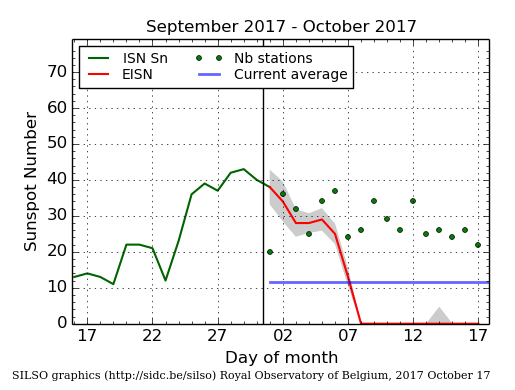
44,24 KB
Immagine:

2,62 KB
Immagine:

68,19 KB
Immagine:
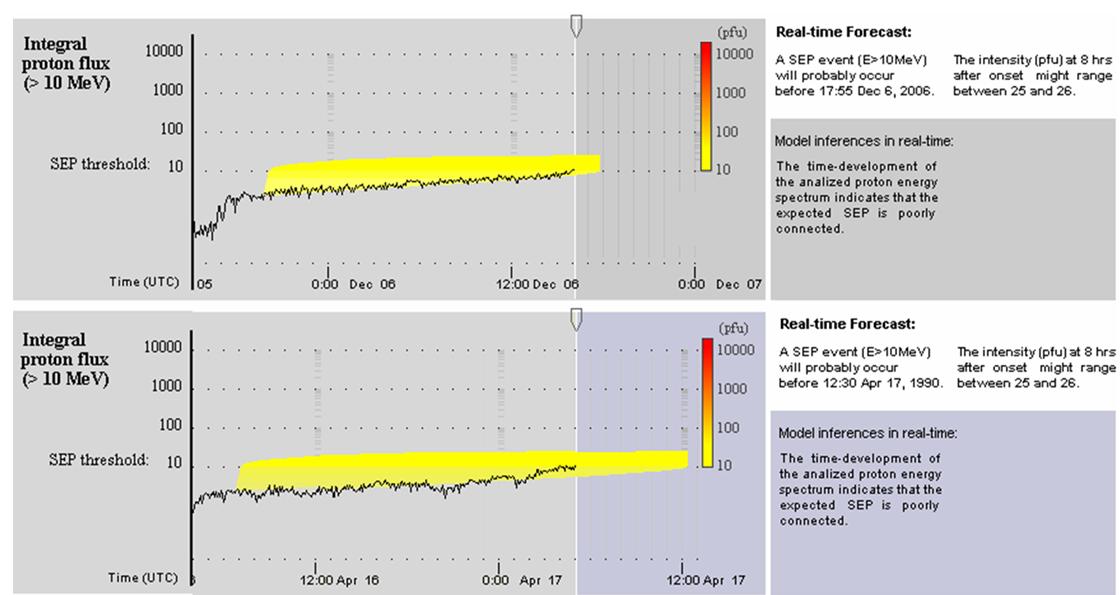
75,35 KB
Immagine:
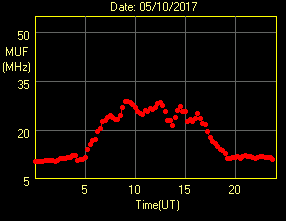
3,88 KB
https://lgdc.uml.edu/common/DIDBFastStationList
Immagine:
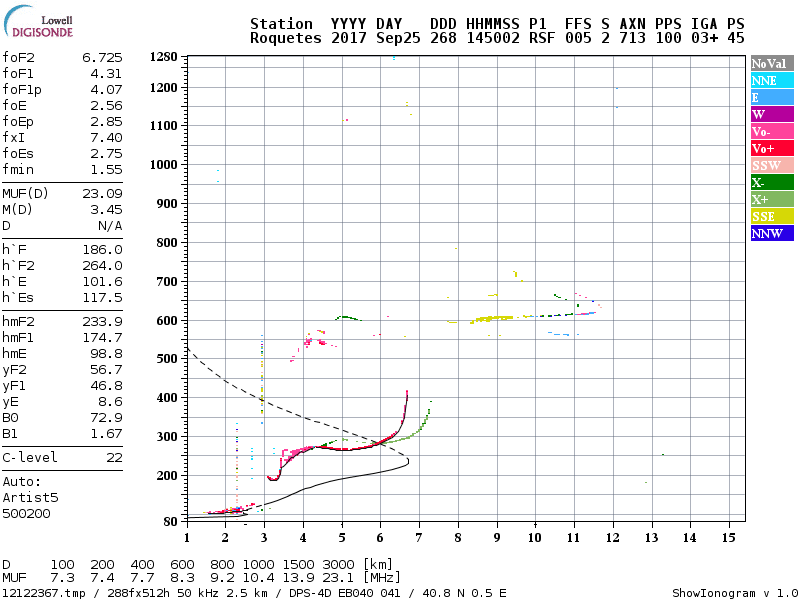
42,37 KB
Immagine:
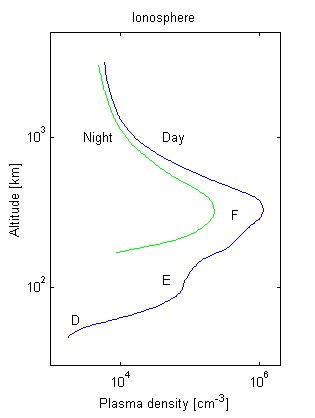
16,17 KB
Immagine:
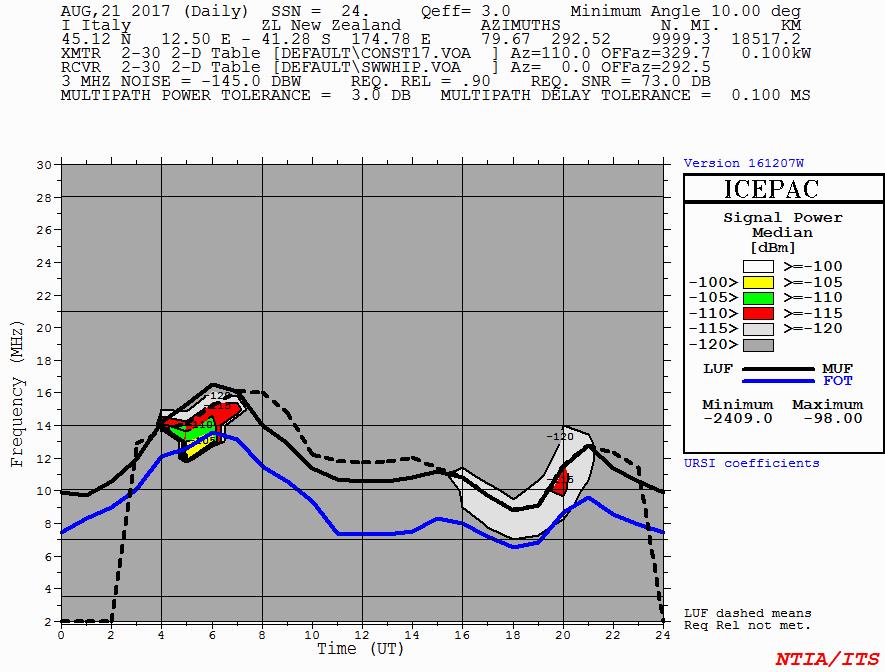
100,87 KB
Immagine:
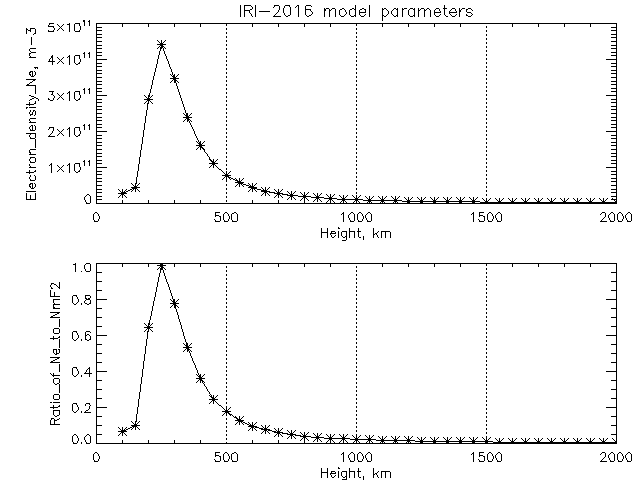
8,28 KB
Immagine:
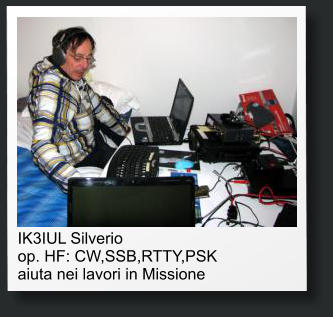
30,42 KB
Immagine:
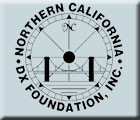
7,62 KB
Immagine:

195,93 KB
http://www.dr1a.com/pages/en/dx-propagation.php
Alfvèn Resonances
Immagine:
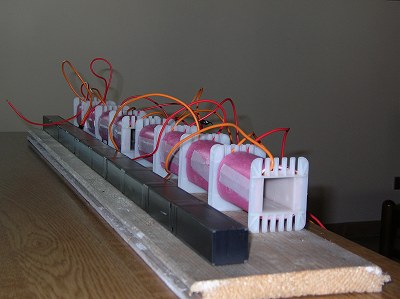
25,83 KB
Immagine:
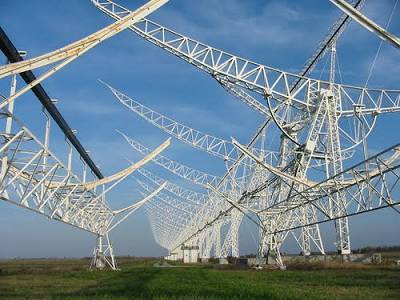
28,27 KB
In 1976, Polyakov (1976) predicted the existence of ionospheric Alfvén resonator (IAR), equivalent to the ionospheric waveguide, but operating in vertical direction with shear Alfvén waves. According to the theory, further developed by Polyakov and Rapoport (1981), waves can be trapped between two altitudes characterized by large Alfvén velocity gradients: the lower limit occurs at ionospheric F-layer, the upper limit at about 3000 km. For a review, see, e.g., Lysak (1993). The so-called spectral resonance structures (SRS) discovered by Belyaev et al. (1989, 1990) are considered to be an evidence for IAR. They are thought to form within the IAR from electromagnetic emissions of lightning charges, just like the Schumann resonances. Up to fifteen bands can be observed, from the 1-2 Hz (Pc1 range) to well above the second Schumann resonance frequency at 14 Hz. After the original finding of SRS at mid-latitudes, they have now been observed also at high-latitudes (Belyaev et al., 1998;).
Immagine:
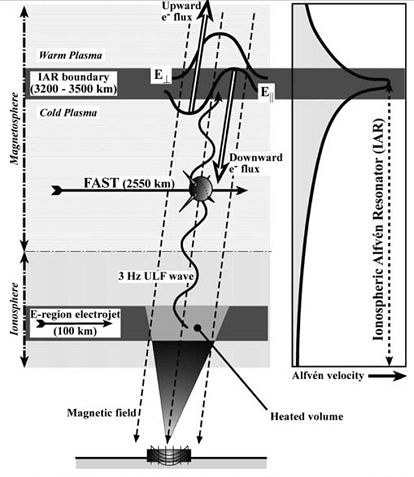
45,12 KB
Troncea Valley Natural Park , West Alps , Italy
ICS 101 induction coil
During this night the coil received a geomagnetic pulsation (PC1) . It was one of the few recorded in 2014. (Red spot on the lower left) from 0.1 Hz to about 4 Hz. Alfvèn Resonances also present.
Daily Kp / Ap index:
Index 00-03 03-06 06-09 09-12 12-15 15-18 18-21 21-24
17 1 1 2 3 2 2 4 6
It seems that the Alfven have flattened all of a sudden. It 'possible that the conformation of the magnetospheric tail is changed in relation to a solar CME. Alfven resonances are highlighted by earth electrostatic lightning discharge and are part of the Earth's magnetospheric tail togheter with ionospheric ducts.
On the base of these emissions at so low frequencies is the physical principle used by HAARP, at the time when it was active: a beam RF invested the ionosphere through the Alfven region and a very low frequency electromagnetic emission, downward oriented, was "the answer". The image on side illustrates this process.
The High Frequency Active Auroral Research Program (HAARP), located in Gakona, Alaska, United States, was an ionospheric research program jointly funded by the U.S. Air Force, the U.S. Navy, the University of Alaska, and the Defense Advanced Research Projects Agency.
Active since 1993 it has been turned off in early May 2013.
Here, in a natural process, the stimulus comes from lightning strikes and the SRS are the end result.
Immagine:
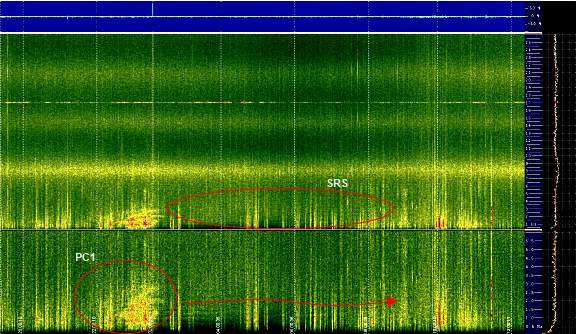
51,18 KB
Immagine:

116,41 KB
DX INFO CW ON 160 METERS
Oct 18, 2017 3C0L 3C1L E51RAT H40GC KG4WV TZ5XR
Oct 19, 2017 3C0L 3C1L H40GC KG4WV TZ5XR
Oct 20, 2017 3C0L 3C1L H40GC KG4WV TZ5XR T2__ TC10A
Oct 21, 2017 3C0L 3C1L 4S7AYG TZ5XR T2AR T2__ TC10A
Oct 22, 2017 3C0L 3C1L 4S7AYG TZ5XR T2AR T2__ TC10A
Oct 23, 2017 3C0L 4S7AYG P40W PJ4Q TZ5XR T2AR T2__ TC10A VK9CZ
Oct 24, 2017 3C0L 4S7AYG P40W PJ4Q TZ5XR T2AR T2__ TC10A VK9CZ
EME SOLAR NOISE:CALCOLO
The level of the solar noise is the best indication of the receiving capabilities of your system.
To measure Sun noise, you dont need sophisticated equipment. Use your analogue (not digital) multimeter in a low voltage AC position: most multimeters have a dB scale built in. Connect it to your receiver audio output through a step up transformer; any 5V or 9V to 115V or 220V does the job. The AC meter must be connected to the transformer high voltage side. To have your receiver in a linear condition, turn the audio gain to its full maximum and the RF-IF gain down to have a confortable loudspeaker level and the meter needle around 1/3 of the scale. Aim the antenna to the Sun for the maximum meter indication and then to a quiet sky point; record the dB difference between the 2 positions, or if your meter doesnt have the dB marks, make 20 times the decimal logaritm of the two voltages you have read. Make the measure when the Sun is at least 20 degrees above the horizon, to avoid errors due to Earth noise and reflections. Repeat often this measure, keep a record of the levels you will find and check it against WWV solar flux data, to see if your system performs, or continues to perform, as it should.
By the way, today (April 13, 1998) at 1030Z, I have measured 11 dB of Sun noise with my system; WWV solar flux was 117 at that time. I have 4x19 elements, 4 meter boom Yagis and a 0.4 dB NF preamplifier. If you have some doubt, please let me know. If your system performance is as it should, we could make a QSO when conditions will let us have aligned polarizations.
The best periods of the year to have good conditions are from October through February. Ground reflection gain at Moon rise/set is not too helpful at 432 as it is at 144 MHz. The Earth noise temperature is around 290 kelvin, or about the same
level of the sky noise at 144 MHz: the ground reflection gives some improvement. On 432 MHz, with sky noise temperatures around 50-70 kelvin and system noise temperatures around 100 kelvin, very often the "warm" Earth masks the ground gain."
Bye |
| 2 U L T I M E R I S P O S T E (in alto le più recenti) |
| ik3avm |
Inserito il - 21/10/2017 : 17:56:07
Aggiornamento due giorni dopo.
Circa alle 21 QTR collegati sia RI1ANO che Patagonia sui 10 MHz.
Discreti segnali anche sui 18.
In due passaggi (quindi per pochi minuti) sentita inoltre traccia del beacon peruviano, attualmente quasi un evento.
Bye, Alberto
|
| ik3avm |
Inserito il - 18/10/2017 : 18:31:12
HI Silv,
il grafico della MUF di cui sopra, se uno non prova stando alla radio, fa dire: magnifico... con quel S/N Ushuaia è mia quando voglio!
Invece, a parte qualche brasiliano che arriva sempre, per Ushuaia ed il resto della nazione sembra tutto sparito nonostante l'S/N...
C'è da dire però che ieri arrivava RI1ANO, proprio da quelle parti!
Quindi prendi quello che dico con le dovute cautele  
Bye, Alberto |
|
|
